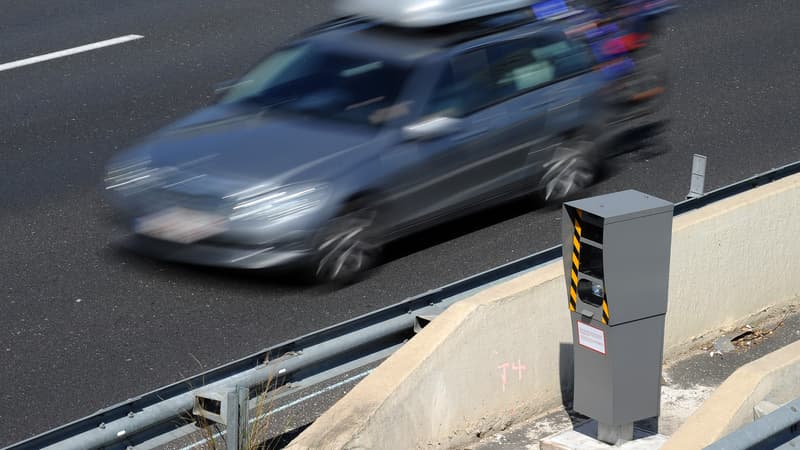Discretely announced by the government, the new violations detectable by radars installed along roads will come into force at the beginning of 2025. To achieve this, road safety intends to resort to radars that use artificial intelligence.
Among the infractions that one of these new radars can sanction are not respecting safety distances, not wearing a seat belt or even holding the phone close to your ear while driving. An announcement that made the association of 40 million motorists jump, which foresees an “avalanche of fines” in the coming months.
AI to detect risky behavior
If ultimately these radars are limited to applying the highway code, they will above all use artificial intelligence for their operation.
As indicated in the document in which an expense of 46.3 million euros is set for the maintenance and installation of new equipment, the idea is to “improve the performance of automated control” through the use of “data science” , in particular to combat fraud.
Thanks to an algorithm, artificial intelligence will automatically fine the offending driver, analyzing, sometimes over several meters, their actions and actions. Like the algorithmic video surveillance tested during the Paris 2024 Olympic Games, which made it possible to report suspicious behavior, the new radars will be able to adapt to traffic and track several vehicles at the same time.
The Ministry of the Interior explains to Tech&Co that “this project is under study” and “they will not give details” for the moment.
Motorist associations criticize the future system
The lack of details about the algorithm that will soon be used in any case provokes the reaction of motorists’ defense associations. In Libération, one of them sees possible fines, or even withdrawals of points, recorded by mistake: “If a vehicle overtakes another without respecting the safety distance, it is the motorist who will be penalized.” “
It must be taken into account, however, that beyond the fines and the extraordinary financial benefits that they may represent, these sanctions also aim to make motorists more responsible and, therefore, avoid dangerous behavior, such as that reported by 40 million motorists.
Furthermore, as an Assurland surveillance network management technician points out, AI can be used to analyze trends: “There is enormous potential, but data must be rigorously protected to prevent abuse. We are facing a new frontier, where every breach “It can be captured in real time without human intervention.”
In any case, several companies are already in the race to be placed, in particular Idemia, which has a “multi-objective trajectory tracking” radar and which allows up to 126 vehicles to be followed that circulate on several lines and about one hundred meters. It can also detect dangerous behaviors, including phone use or not wearing a seat belt. Although the manufacturer has already received approvals, the government has not yet installed these devices on the roads.
Source: BFM TV


